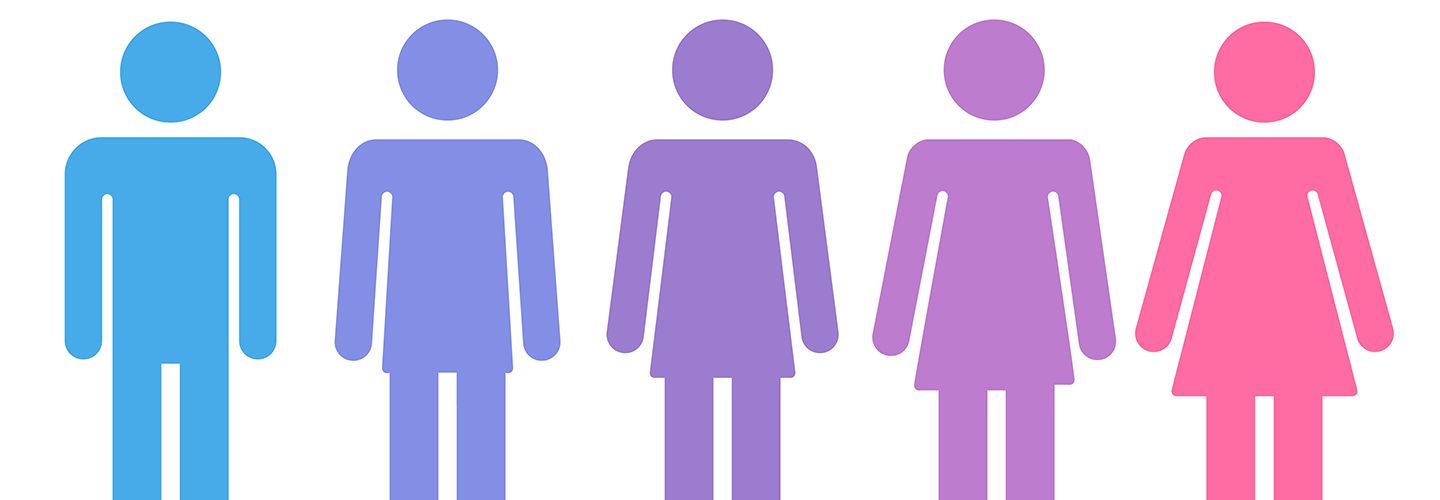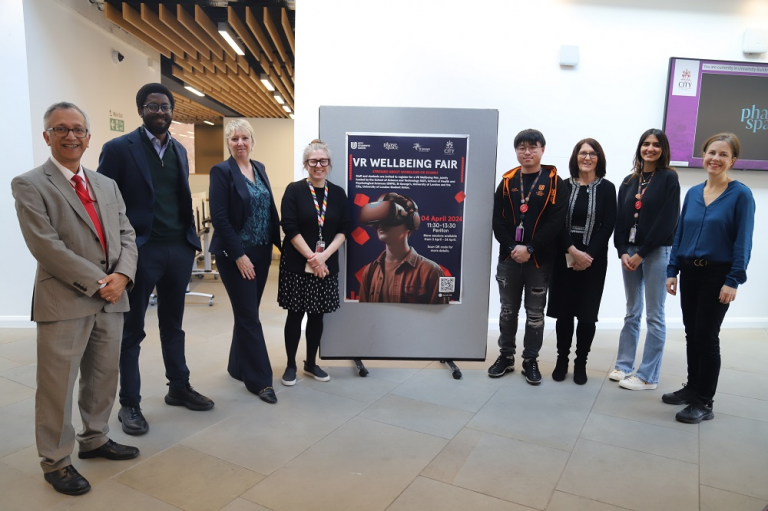In summary
GenderMag is a systematic method to find and fix gender barriers in technology, resulting in more inclusive and usable technology for everyone. GenderMag is contributing to shaping industry standards about gender inclusion in technology.
Using the GenderMag method, industry practitioners can address the root causes of gender barriers and accomplish gender-inclusive technology, benefiting organisations and end-users.
Numerous organisations around the world have incorporated GenderMag into their design and development processes. GenderMag has also been integrated into undergraduate and graduate programmes of 23 higher education institutions worldwide.
What did we explore and how?
Prior to this research, there was no previous work to support designers and developers to systematically find gender barriers in their technology products and services, and then begin to address them and make improvements, including all users irrespective of gender.
In 2015, City academics began to collaborate with Professor Margaret Burnett (Oregon State University, USA) to develop the Gender Inclusiveness Magnifier (GenderMag) method, comprising a new HCI method incorporating personas based on multi-disciplinary research findings, coupled with a task walkthrough technique, which was validated through a set of empirical studies.
This new process method is available for download in a toolkit format, with printable material including instructions for use and customisation, printable personas, and printable walkthrough forms.
Teaching materials have been developed in support of GenderMag, which can be used to educate future HCI, UX and software professionals about gender issues in software design. The research team have also devised InclusiveMag – an Inclusiveness Magnifier – built inductively by generalising principles and processes used in creating Gender Mag.
Benefits and influence of this research
Since 2015, GM methods have been implemented into the design and development processes by Microsoft, Greenstone Digital Library, HazAdap, and 5 other organisations to improve gender-inclusiveness of products and services used by millions of users worldwide.
Twelve teams at Microsoft have implemented the GM methods. Using GM successfully improved the inclusiveness of Microsoft software. Issues identified using GenderMag mirrored findings involving real users.
HazAdapt (Oregon, US), whose customers include Oregon State University Emergency Management and local emergency authorities in Oregon (US), integrated GenderMag into its emergency platform which complements calling the emergency line number to communicate with authorities.
An evaluation of the Greenstone Digital Library (GDL) interface using GenderMag uncovered three major gender barriers hindering GDL uptake of GDL. Greenstone Digital Library (GDL), a suite of open-source, multi-lingual software for building and distributing digital library collections, produced by the University of Waikato in cooperation with UNESCO.
As of December 2020, the GM toolkit has been downloaded 1185 times by 353 unique organisations.


